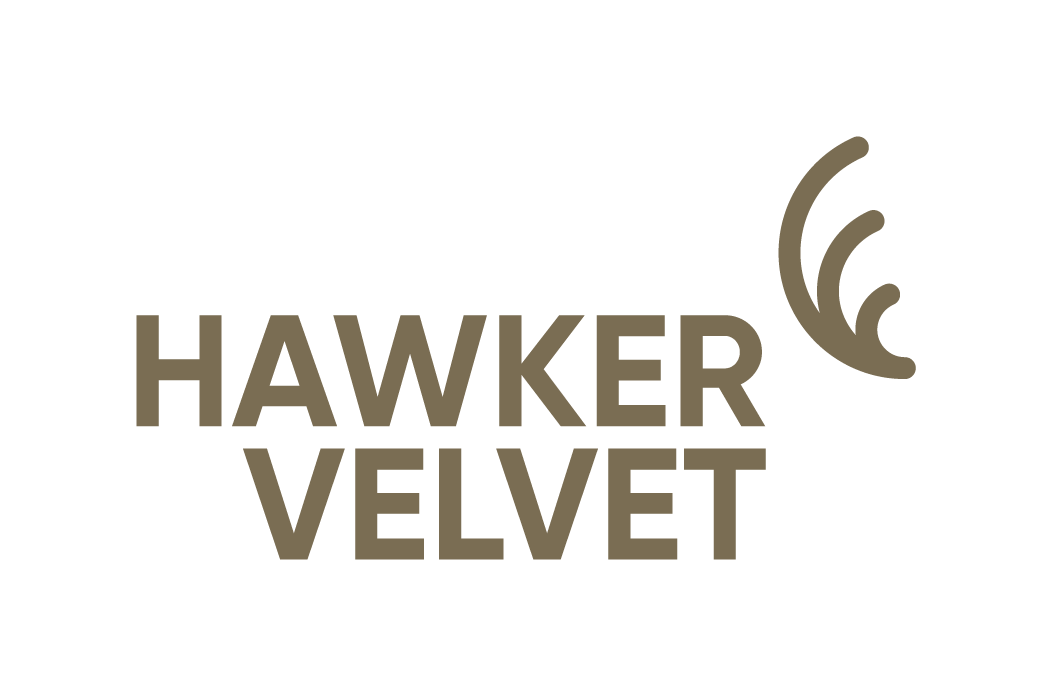What is Velvet?
Use and Benefits
Active Deer Velvet is a natural superfood containing a variety of Glycosaminoglycans (GAGs), Proteins, Lipids, Minerals and many more. It has been used for thousands of years in several cultures worldwide and has a safe and long history of traditional use.
Active Deer Velvet is increasingly used as an effective and safe nutritional supplement to support and improve stamina and boost performance and recovery. It may also aid in stress, fatigue, and physical exhaustion and sustain our immune system.
The most prominent GAGs in Active Deer Velvet, Chondroitin Sulphate and Glucosamine, can also have natural anti-inflammatory actions to support and increase mobility and strength, aid in arthritis, and help maintain and repair cartilage, tendons and joints.

Muscle and Performance
• Helps increase energy levels
• Boosts athletic performance
• Aids with muscle recovery

Health and Immunity
• Supports your immune system
• Helps with sexual function
• Boosts energy levels

Joints and Mobility
• Helps relieve joint pains
• Supports mobility and strength
• Aids in joint repair
How is velvet sourced?
Deer velvet comes from the antler of stag Deer during its new growth phase each season. Without velvet removal, stags can injure other animals, people or themselves. The New Zealand Deer Industry (NZDI) created a veterinarian-supervised programme with the New Zealand Veterinary Association and animal welfare groups to ensure a sustainable and ethical collection of velvet that is best for the deer.
Involved in the programme, farmers train alongside veterinarians covering the theory and practice of velveting. Farmers must pass a practical assessment and oral and written theory exams. After that, annually, farmers are assessed by a supervising veterinarian, and random independent audits occur to ensure farmers follow the programme correctly.
Hygiene standards are in place for the equipment and the facilities. To ensure no pain and to minimise stress, they use a local anaesthetic before removing the velvet. Deer antlers grow back twice a year in cycles each season, and the process will then be carried out again.


